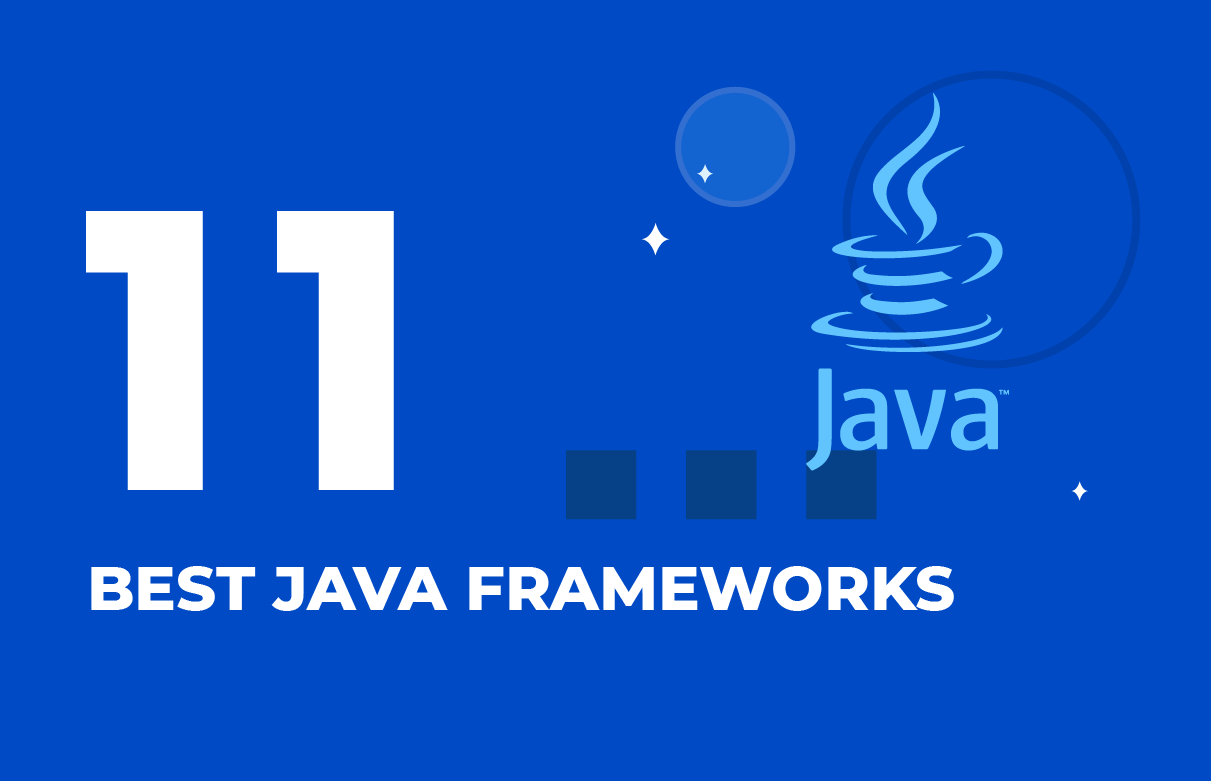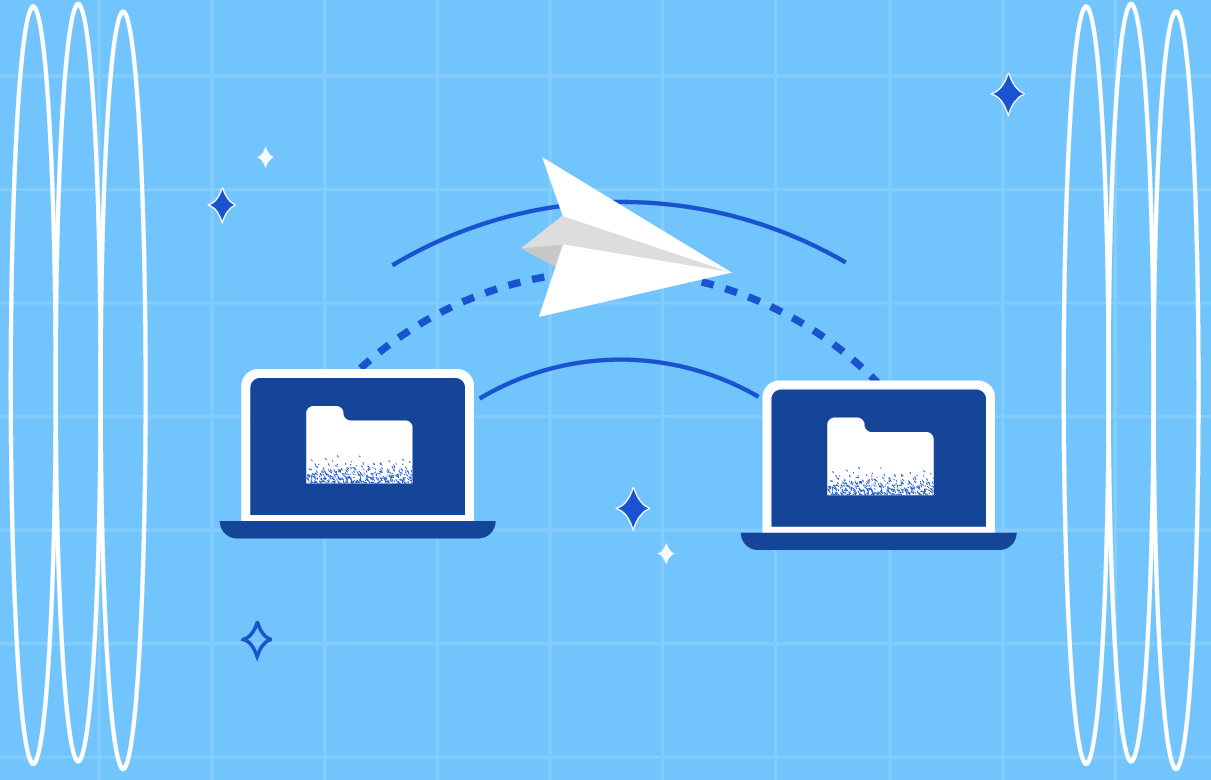With the accelerated transformation of technology, companies face the challenge of managing legacy systems – outdated computer software or technologies that hinder growth and efficiency within a company. They often store valuable data but present integration challenges.
Legacy migration is the process of transitioning outdated software to modern technologies, which helps businesses to unlock new opportunities and stay competitive. According to recent research, the data migration market will amount to $10.98 billion by 2025, while the cloud migration services market will reach $515.83 billion by 2027. In other words, migration – including migration of legacy systems – is a very booming sector.
Read our article to discover the benefits of legacy migration, learn more about its 8 most popular strategies, as well as explore solutions to 7 key migration challenges.
Why Should a Company Consider Migrating from a Legacy System?
Enhanced performance and efficiency
Legacy systems, while once reliable, now struggle to keep up with the growing demands of modern businesses. By migrating to more advanced and up-to-date software, companies can leverage the power of the latest technologies and trends. This will lead to improved efficiency, allowing employees to focus on value-added tasks and be more productive.
In IT since 1993, SaM Solutions offers professional custom software development services to clients across all industries.
Cost reduction
Operating on an old system can cost a pretty penny for businesses. High prices for maintenance and licensing, as well as the need for specialized support, can drain the budget. What is more, legacy systems tend to rely on outdated technologies, making them vulnerable to costly hardware failures.
Migrating to a new system can provide substantial cost reduction. Modern systems are designed to be more cost-effective and offer flexible pricing models, innovative cloud-based solutions, and reduced maintenance needs. By embracing a modern system, companies can also utilize much more efficient infrastructure, which leads to lower operational costs over time.
Improved integration and scalability
Legacy systems are notorious for their limited integration capabilities, making it challenging to connect and communicate with other systems or applications. Migrating to a modern system allows companies to take advantage of advanced integration capabilities, enabling seamless data flow and interoperability between different software and platforms.
This enhanced integration not only improves overall efficiency but also provides the foundation for future scalability. With the ability to easily integrate new tools and applications, companies can adapt to changing business needs, expand their operations, and support growth without the constraints imposed by legacy software.

Enhanced security and compliance
Outdated platforms often lack the robust security features necessary to effectively combat modern cyber threats. They are also notorious for their limited compliance capabilities, which makes it challenging to adhere to industry standards and receive crucial certifications. Migrating to new software can improve compliance and provide enhanced security measures, including advanced encryption, multi-factor authentication, and proactive monitoring.
Support and vendor availability
As time goes on, vendors may discontinue their support or shift their focus towards newer products, leaving companies without assistance when issues arise. And since legacy software often relies on outdated programming languages and technologies like Cobol, it’s often difficult to find new skilled professionals to support such systems.
By migrating to a modern system, you open doors to a larger pool of vendors and IT professionals who are well-versed in the technologies you need. With their up-to-date knowledge and skills, these professionals can provide timely assistance and access to the latest updates, patches, and bug fixes you need to keep your software running smoothly.
Competitive advantage and innovation
Modern software is equipped with advanced features and functionalities that empower companies with such cutting-edge technologies like AI, ML, and automation. These technologies will revolutionize your business processes, improve UX, and unlock new revenue potential. As a result, you will stay ahead of the curve, attract new customers and become more competitive among your industry rivals.
Popular Migration Strategies
Lift-and-shift
Lift-and-shift is a legacy system migration strategy that involves moving apps or systems from on-premises to the cloud without significant modifications. It offers a quick and cost-effective transition, while it utilizes the existing infrastructure and minimizes code changes.
Best for: This strategy is ideal for clients who seek a quick migration with minimal changes to the app. It works well when the existing application architecture is compatible with the target environment and requires minimal modifications.
Re-platforming
Re-platforming denotes moving applications or systems from on-premises to the cloud while making some modifications to optimize for the cloud environment. It offers benefits like scalability and improved performance while maintaining the core architecture and functionality of the legacy system.
Best for: Re-platforming is most suitable when you want to take advantage of modern technologies and features while minimizing the impact on the existing codebase. It offers an opportunity to improve performance and scalability without starting from scratch.

Re-architecture
Re-architecture means completely redesigning and rebuilding applications or systems from the ground up using modern architecture and design principles. It allows organizations to modernize their infrastructure, improve scalability, and take full advantage of cloud services.
Best for: Re-architecture is great for organizations looking to modernize their legacy systems, improve scalability, and fully leverage the benefits of the cloud. It’s especially beneficial when the existing architecture is outdated, not scalable, or hinders the adoption of cloud-native technologies and services.
Phased migration
Phased migration entails dividing the migration process into distinct phases. It allows organizations to gradually move components or modules of an application or a system to the cloud and thoroughly control the process, minimizing disruption and effectively managing risks.
Best for: Phased migration is suitable for organizations seeking a controlled and systematic approach to managing the migration process. It is applicable in scenarios with intricate dependencies, potential risks, or the necessity to ensure uninterrupted business operations.
Big bang
The big bang strategy is a migration approach where the team moves the entire application or a system to a new environment all at once. It involves a comprehensive and simultaneous transition, which can be efficient for smaller systems or when there are no complex dependencies.
Best for: The big bang strategy is best suited for organizations with small, less complex systems or apps. It is appropriate when there are no critical dependencies or interconnections between components, and when the client requires a swift transition.
Parallel
Parallel migration refers to the simultaneous running of both the legacy and new systems during the migration process. It involves duplicating the environment, which allows testing and comparison. Parallel processes offer reduced risks, because users transition to a new system gradually, which ensures continuity and minimizes disruptions.
Best for: It is best suited for organizations that require a low-risk approach to migration. The parallel model allows thorough testing and validation of the new system before full adoption, which ensures a smooth transition with minimal disruption to business operations and UX.
Hybrid migration
Hybrid migration combines elements of both the legacy and new systems, allowing for a gradual transition. It involves integrating new functionalities or components into the existing system while maintaining compatibility with the legacy environment. This approach ensures continuity of operations and minimizes risks associated with a complete overhaul.
Best for: Hybrid migration is ideal for organizations looking for a balanced approach between legacy and modern systems. It allows businesses to leverage existing investments in the legacy environment while gradually introducing new features and capabilities. This strategy minimizes disruptions, facilitates user adoption, and ensures a seamless transition to the new system, all while optimizing resources and mitigating risks.
Service-oriented architecture (SOA)
SOA migration involves transitioning from a monolithic architecture to a Service-Oriented Architecture (SOA). This approach focuses on modularizing the system into individual services that can be independently developed, deployed, and maintained. It facilitates integration, promotes modularity, reusability, and flexibility, and enables scalability across multiple applications and platforms.
Best for: SOA strategy is best suited for companies that aim to create scalable, modular, and interoperable systems. It is ideal for complex environments where multiple apps need to share and reuse services, enabling agility, flexibility, and easier integration across different technologies and platforms.
Achieve digital transformation with custom software delivered by SaM Solutions’ seasoned engineers.
7 Challenges of a Legacy System Migration (and How SaM Solutions Solves Them)
- Data complexity and integrity
Legacy systems often have intricate data structures and inconsistent data quality. Therefore, it’s difficult to migrate data accurately and maintain integrity during the migration process. The sheer volume of data and the lack of standardization can pose significant hurdles.
Solution: To meet this challenge, our software experts conduct a thorough assessment of the existing data. This includes understanding the data structure, identifying dependencies, and mapping data elements. Then, we define transformation rules to ensure that the data is clean and validated while maintaining its integrity and quality via data profiling, normalization, and data validation.
- Compatibility and integration
Legacy systems may have compatibility issues with modern technologies and require seamless integration with other systems and applications. The lack of general standardized protocols and interfaces can hinder the integration process.
Solution: Software developers at SaM Solutions can tackle compatibility and integration challenges with the help of comprehensive planning. This includes a high-quality infrastructure assessment of potential issues with compatibility and a detailed integration strategy.
Our integration testing and validation ensure smooth interconnectivity between the legacy and new systems. Plus, the middleware tools and technologies we employ facilitate seamless data exchange and communication between the legacy system and the new environment.
- Knowledge gaps and expertise
Legacy systems often rely on outdated technologies and may require rare skills and knowledge to migrate and maintain efficiently. The lack of such specific expertise could result in delays and errors during the migration process.
Solution: At SaM Solutions, we suggest investing in knowledge transfer and ongoing team training. Our experienced professionals in legacy system migration can offer hands-on training to the internal teams and equip you with the necessary expertise to handle the migration process. Such training programs may include workshops, mentoring, and knowledge-sharing sessions to improve the team’s skills.
- Cost and resource allocation
Migration can be a costly endeavor, which requires significant financial and human resources. Unexpected costs and improper resource planning can lead to budget overruns and delays.
Solution: Our consultants help you develop detailed budget plans for various aspects of migration. Such plans usually include infrastructure upgrades, licensing, training, and support services. By carefully allocating resources with us, you prevent financial risks and ensure a successful migration.
- Disruption of business operations
Legacy system migration might disrupt daily business operations, leading to downtime and loss of productivity. The unavailability of systems that are crucial for business can affect customer service and revenue generation.
Solution: To minimize the impact on business operations, SaM Solutions implements a well-planned migration strategy. This includes choosing an off-peak business period for migration to ensure that critical operations are not affected, and providing thorough testing before the rollout to identify and address any issues or bugs.
We can also offer risk-free strategies such as phased migration or parallel operations, where both the legacy and new systems run simultaneously, to guarantee uninterrupted business operations.
- Testing and compliance
Legacy system migration needs comprehensive testing to validate the functionality, performance, integration, and compliance of the new system. Without adequate testing, you can face operational issues and non-compliance with regulatory requirements.
Solution: Rigorous testing processes are vital for a successful migration. SaM Solutions runs:
- Functional testing to verify the system’s intended functionality
- Performance testing to assess its responsiveness and scalability
- Integration testing to validate the interoperability with other systems
- Compliance testing to ensure adherence to industry regulations and standards.
- Change management and user adoption
Legacy system migration involves a significant change for all users. They may encounter difficulties in adopting the new system. Successful utilization of the migrated system can happen only with effective change management.
Solution: We recommend providing comprehensive post-migration training to all users. SaM Solutions can support you in this by providing user guides, manuals, and documentation that explains the functionalities and workflows of the new system. We can also offer training sessions and workshops, support channels, and online forums to facilitate smooth user adoption and maximize the benefits of the migrated system.
Launch Your Legacy System Migration with SaM Solutions
Struggling with the challenges of outdated and inefficient legacy systems? At SaM Solutions, we understand and effectively resolve all legacy system migration challenges. With our proven experience, we provide a seamless transition to modern, cutting-edge technologies to innovate your business.
Our team of legacy migration professionals will assess your unique requirements, help you choose a fitting strategy, and ensure a smooth and successful migration. Start your legacy system migration journey with SaM Solutions – and unlock new opportunities for enhanced efficiency and innovation.



























 5 Reasons Why Your Business Needs a Mobile eCommerce Application
5 Reasons Why Your Business Needs a Mobile eCommerce Application Using Salesforce to Improve Your Sales Pipeline: Five Tips
Using Salesforce to Improve Your Sales Pipeline: Five Tips Cross-Platform Mobile Development: Five Best Frameworks
Cross-Platform Mobile Development: Five Best Frameworks 10 Best Web Development Frameworks in 2024
10 Best Web Development Frameworks in 2024 How to Develop Custom Accounting Software
How to Develop Custom Accounting Software












 Why React and Node.js Are the Top Technologies for Creating High-Performance Web Apps in 2024
Why React and Node.js Are the Top Technologies for Creating High-Performance Web Apps in 2024 10 Best IoT Platforms for 2024
10 Best IoT Platforms for 2024 Top 20 Latest Trends in the Ecommerce Industry in 2024
Top 20 Latest Trends in the Ecommerce Industry in 2024 Top 10 Most Popular Programming Languages in 2024
Top 10 Most Popular Programming Languages in 2024
Our project demanded a big overhaul, and the re-architecture model of legacy migration was the perfect fit. It allowed us to reimagine our systems and optimize functionality.
Re-platforming was the ideal migration strategy for us. It allowed the company to leverage the existing functionalities while migrating to a more advanced system. It was a cost-effective solution.
Thanks for the article! I see that each strategy has its own benefits. Choosing between hybrid and phased migration is challenging for me. I want a strategy that balances minimal disruption with the benefits of adopting new technologies.
I opted for a lift-and-shift migration strategy and it allowed us to swiftly transfer our legacy system to the cloud without major code changes. It saved me valuable time resources.
A good migration strategy is essential to avoid pitfalls. I think it’s important to find an experienced software services provider to help the company navigate all the complexities.
I recently had a legacy migration, and it was a real game-changer. Our processes became streamlined, and it led to improved efficiency, reduced downtime, and a significant boost in ROI.
My outdated system became a bottleneck. It hinders productivity and growth. I think it’s time to migrate and embrace modern technologies to stay competitive in today’s dynamic market.